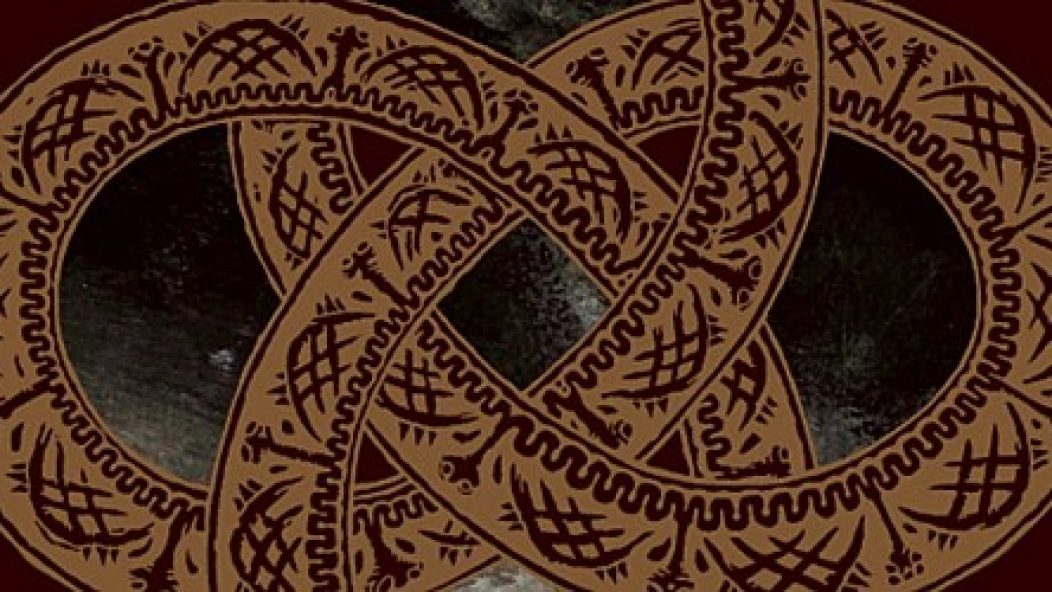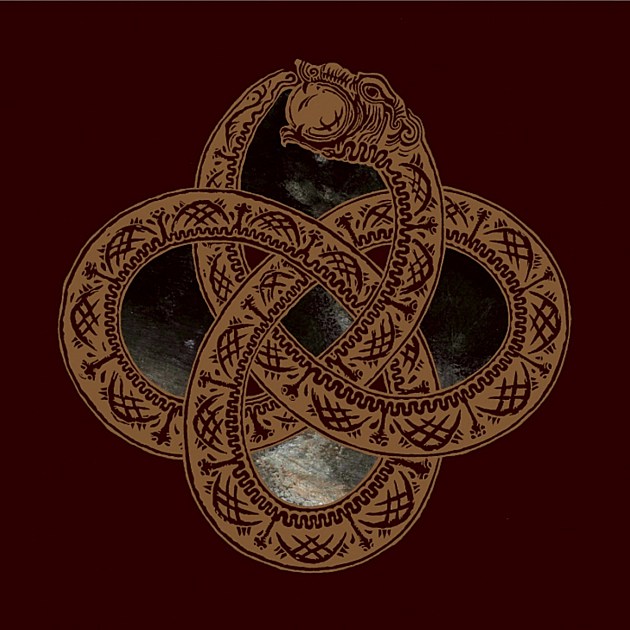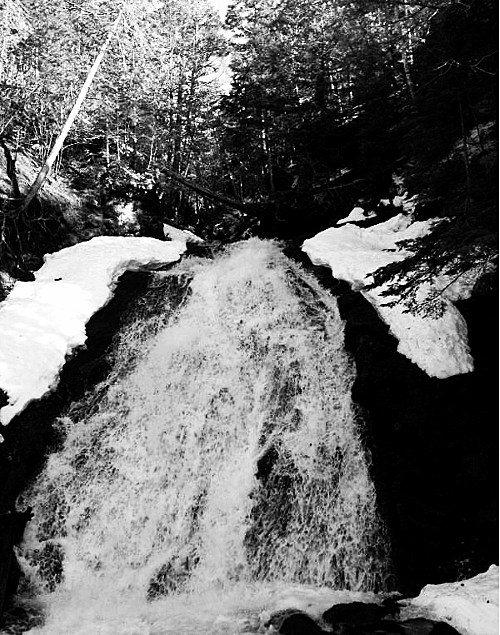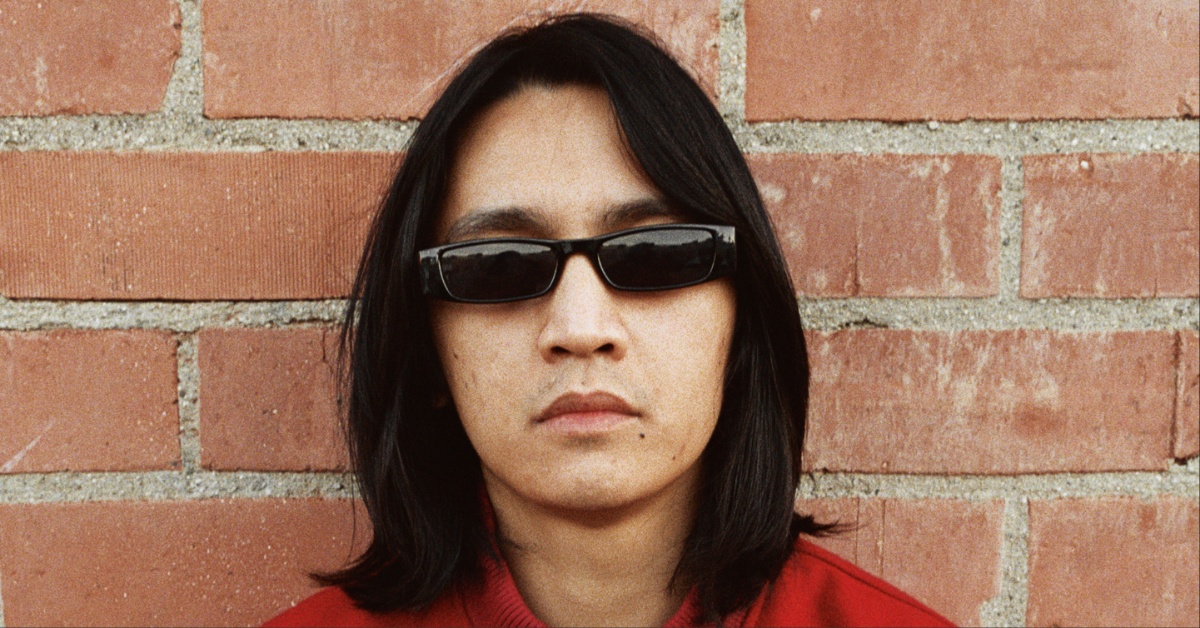
Agalloch - The Serpent and the Sphere

…
As I write this review, I am sitting in Houghton, Michigan, surrounded by trees much older than I, taller than most buildings. This is the widow’s peak of the lower 48. It does not get much further north, and the grimy fingers of civilization have yet to dig in too deeply. The soil is black, but not blackened in the Metallica sense. Here, in early May, much of the shore of Lake Superior remains frozen, and on that shore sit some of the oldest exposed stones on Earth.
This is Agalloch country.
…

…
Or at least, that’s the sense I continue to get from the Oregon-based outfit. Natural imagery is as much a part of black metal’s aesthetic history as burning churches and vikings, and one of Agalloch’s big victories has been finding an American image to rival the Nordic winters that are so much a part of the genre’s roots. The strummed acoustic guitar, ever-present on The Mantle did its best to take the tremolo-picked minor chord out of the Fjords and into a landscape more inspired by Ansel Adams. Maybe that’s why Agalloch’s new record, The Serpent and the Sphere, sports more folk guitar than any of their records since. I’m glad to have them back, but their return does feel like the result of creative backtracking.
Up until now, singer/guitarist John Haughm had been steadily pushing his songwriting into glossier and less rootsy sounds. The last Agalloch album, 2010’s The Marrow of the Spirit, traded some of the nylon strings in for brighter electric accents, such as the almost U2-sounding leads on “Ghosts of the Midwinter Fires.” Furthermore, on that album’s nearly 20-minute centerpiece, “Black Lake Nidstang,” the band used timpani and an extended electronic texture break — whether that bit was achieved by digital guitar pedals or synthesizers I cannot say, but at the very least it wasn’t very folky.
By contrast, The Serpent and the Sphere is relatively stripped down. The instrumentation is more straightforward, and the songs are some of the shortest in Agalloch’s discography. Haughm uses fewer overlying effects, relegating much of the sound to the interplay between acoustic guitar and the crunchiest, hottest rhythm tone on any of their records.
The Serpent and the Sphere offers a choice: experience it as a collection of songs, or as a through-composed experience. The songs, stitched together with interludes by Toronto folk artist Musk Ox, often bleed seamlessly into one another, showing that some of the adventurous spirit of the record’s predecessor still lives. I personally prefer The Serpent and the Sphere as one track, which begs the question as to why Haughm chopped it up in the first place — so it feels more like a proper album, perhaps?
In the end, however, I could care less about how conservative the album is. The single most important element to Agalloch is the band’s ability to conjure expansiveness, to put me in the mindset to walk through pine trees, climb waterfalls, and lay on ancient rock. I’m not sure if that feeling is something present in the music itself, or something I’ve been conditioned to imagine after years of taking in stereotypical black metal imagery — maybe I’m the ideal listener creating my own enjoyment out of this music, but if that’s the case I can’t change it now.
To these ears, Agalloch can still take me to an imaginary primeval landscape. The chilling climax of “Plateau of the Ages” gives me the same fix that “Ghosts of the Midwinter Fires” did in 2010, and that “Not Unlike The Waves” did in 2006. The song remains the same, and here in this gray landscape, that is exactly what I need it to do.
…
…











